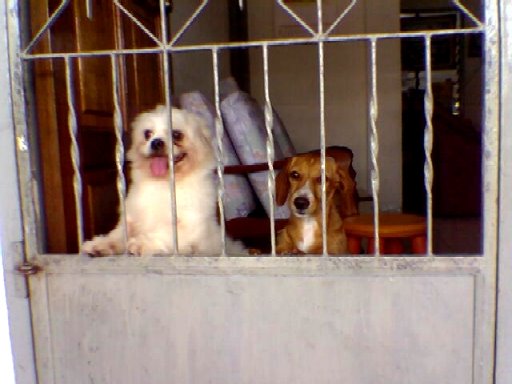Article From SubmitYOURArticle.com: Feed Your Pet Dry Dog Food - Some Helpful Tips
Copyright (c) 2010 Nick Travis
For people who consider their dos as family
members, the temptation to feed their pet from
the table is hard to resist. Animals will eat
just about anything offered them but
veterinarians will universally decry table scraps
as proper pet food. Most canine health experts
recommend a high quality dry dog food. When fed
in appropriate amounts dry food has advantages
over the other options.
The content of canned pet food is very similar to
dry food. Moisture content is the main
difference. Nutritionally, canned food has no
advantage over dry. Dry food is less susceptible
to spoilage if left in a food dish and has some
teeth-cleaning properties and satisfaction of
chewing behavior. Pet food is available in a wide
range of quality and price. Quality is based on
the protein source and the filler content. Low
cost options can include questionable fillers and
undesirable protein sources.
Canines are primarily carnivores. In the wild,
original canine species feed on fresh-killed meat
or carrion. Modern domestic canines still need
the high-protein content of meat. This protein
content in dry food is provided by processed
animal protein from many sources. The volume of
the food is increased with fillers that generally
offer little nutritional value but help the
animal feel sated. Filler content can include
such things as peanut hulls, straw, feathers or
corncobs. Higher quality foods contain only rice
or wheat-based fillers. The fillers in dog food
are responsible for many allergic reactions.
Except for vegetarian recipes, the protein in pet
food comes from one or more of several animal
sources. Meat by-product is a general term
describing the left-overs from production of meat
for human consumption. Beef, chicken or fish
operations produce a lot of leftovers. There are
some slaughterhouses that provide meat
specifically for pet food but these are generally
small custom brands.
Animal protein from all sources is processed (or
rendered) into a form that is easily blended with
the fillers to become pet food. The processed
protein is not recognizable as meat or
meat-based. To make food more palatable to pets
various flavors are added to the mix or sprayed
onto the product in later stages of production.
The products on the low-cost end achieve low cost
by exercising minimal control over the protein
sources, fillers and additives in their product.
High-end products are generally smaller
operations with animal well-being having a
priority over cost.
Concerned pet owners who do some research into
the subject of pet food can become concerned over
what they are feeding their pets. Some concern is
valid but several government agencies exist to
police the content and production of pet foods.
These agencies also enforce standards for
labeling. Mid-priced and high-end pet foods are
generally healthy for animals. It is the low-end
of the price spectrum that has questionable
quality. Concerned pet owners should research the
terms used to describe the ingredients on the
labels and use this information to select the
food they provide for their pets.
Pets are generally healthier and happier with a
stable diet. Frequent changes in dry dog food
brands can cause digestive issues. If a dog is
healthy and happy eating a particular food, there
is no reason to change. The same thing applies to
the treats given to animals.
----------------------------------------------------
Need help comparing dry dog food brands and
finding a better one? Give your dog the best!
Visit our new site
http://www.drydogfoodbrands.com/ today.
EasyPublish this article: http://submityourarticle.com/articles/easypublish.php?art_id=109936














.jpg)






.jpg)

0 comments:
Post a Comment